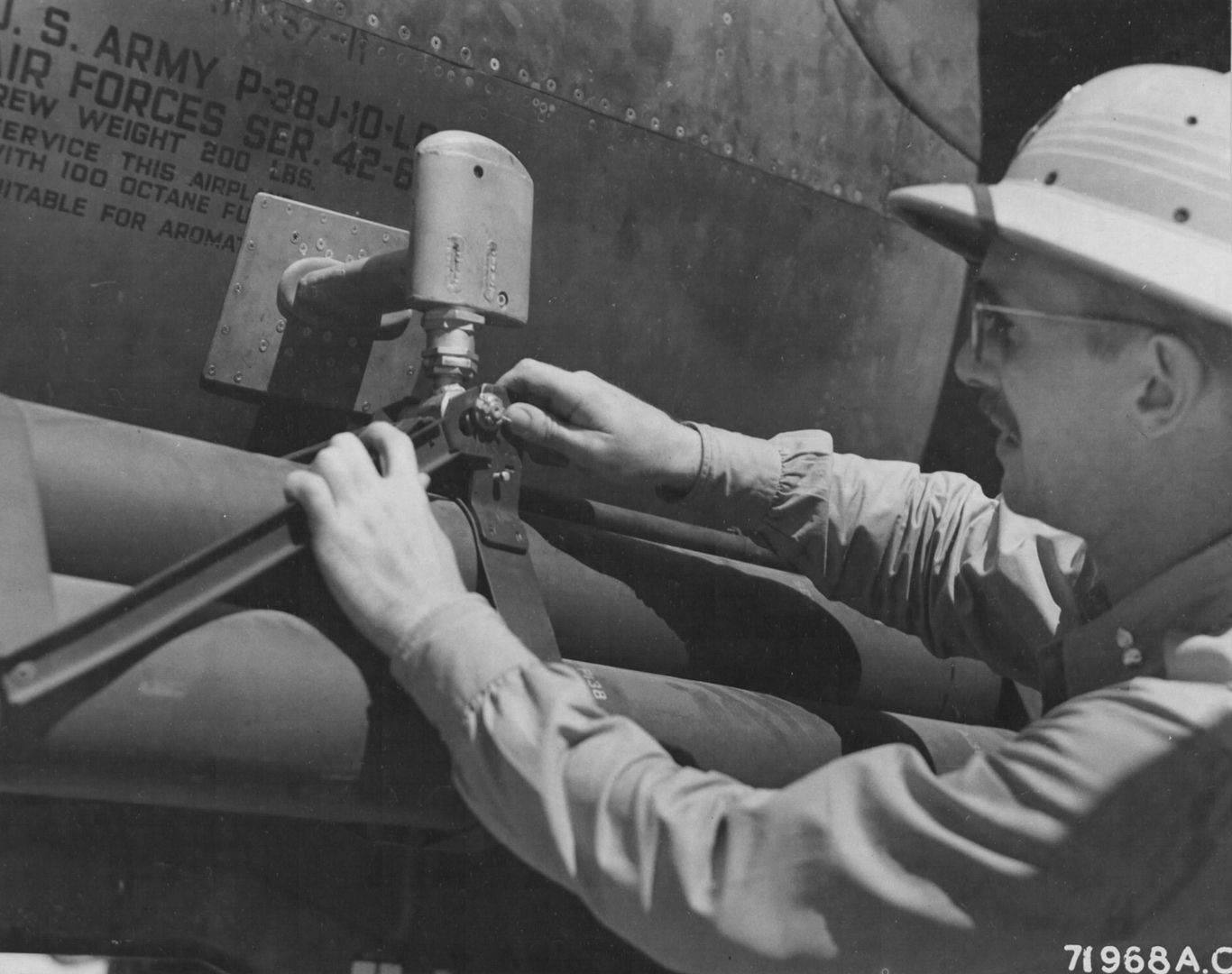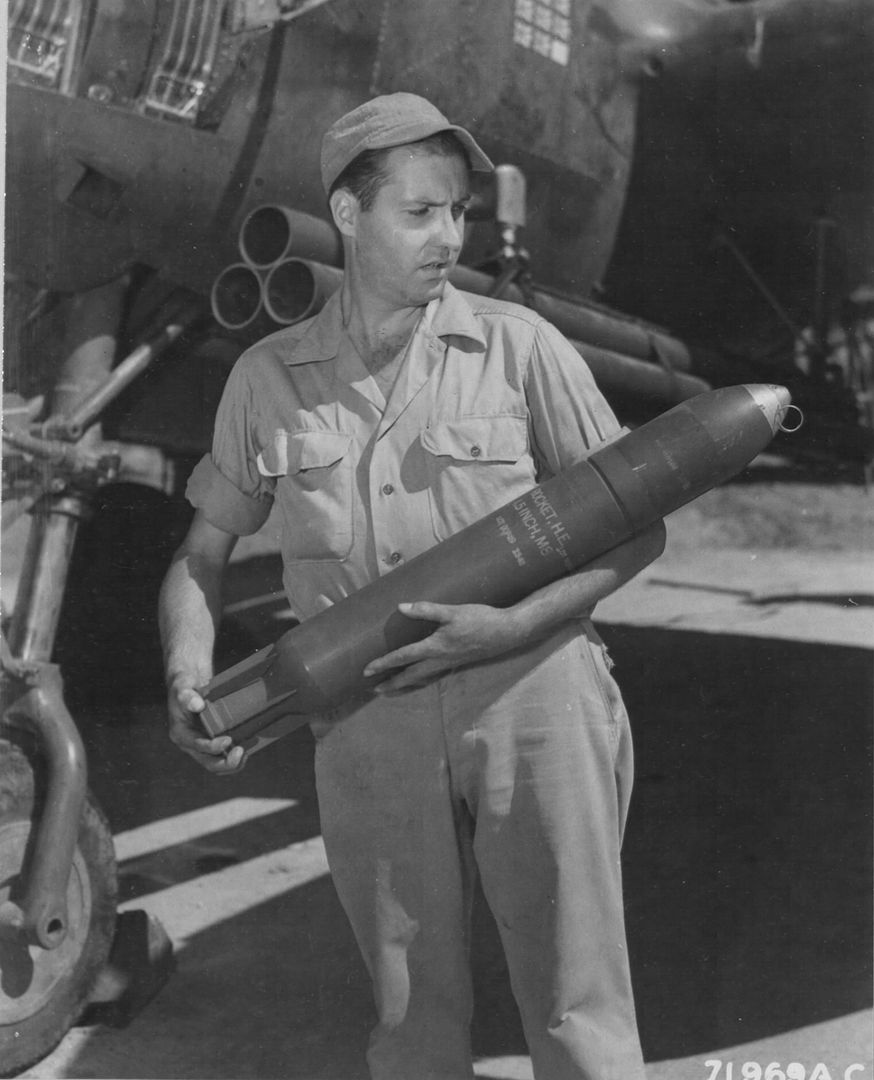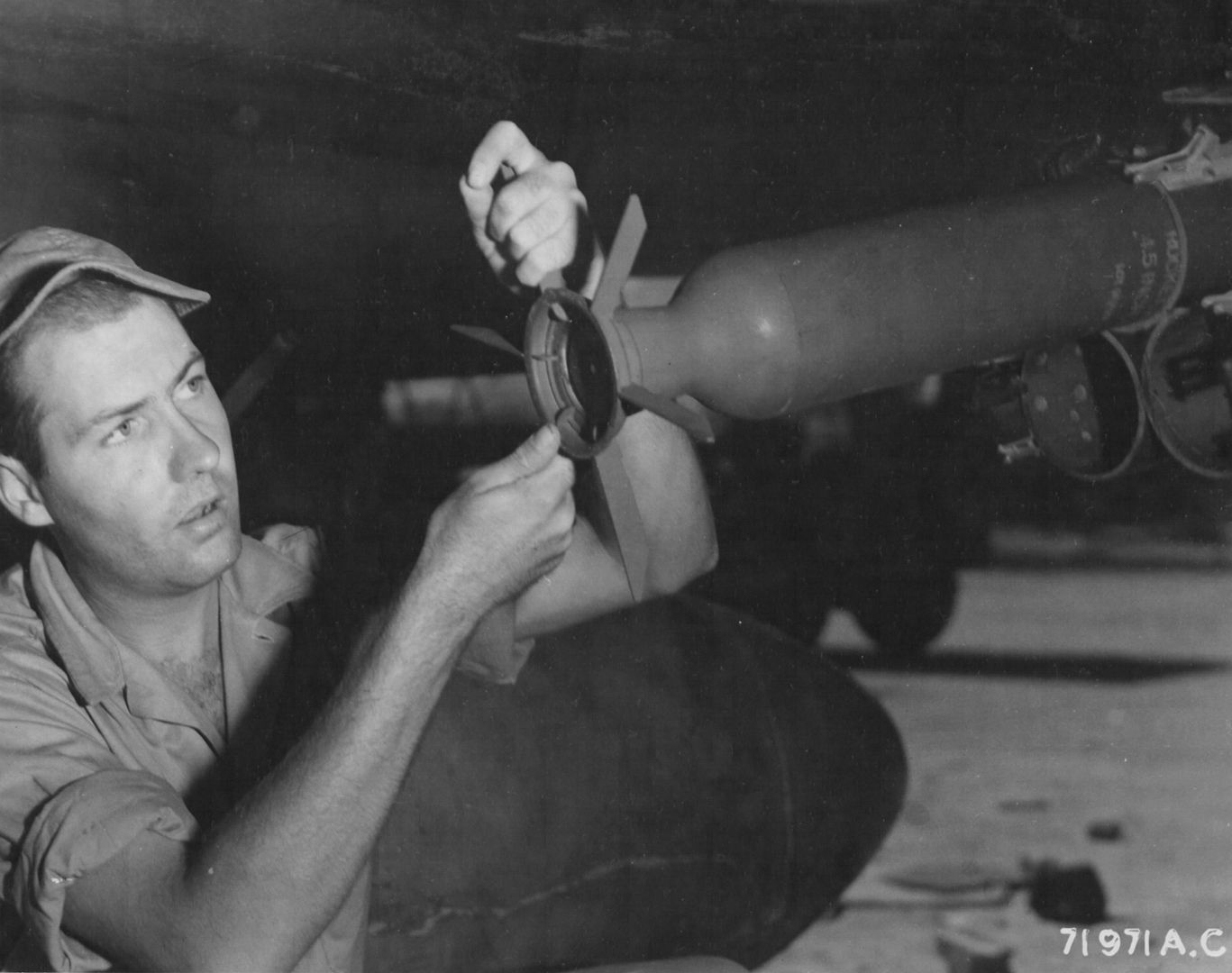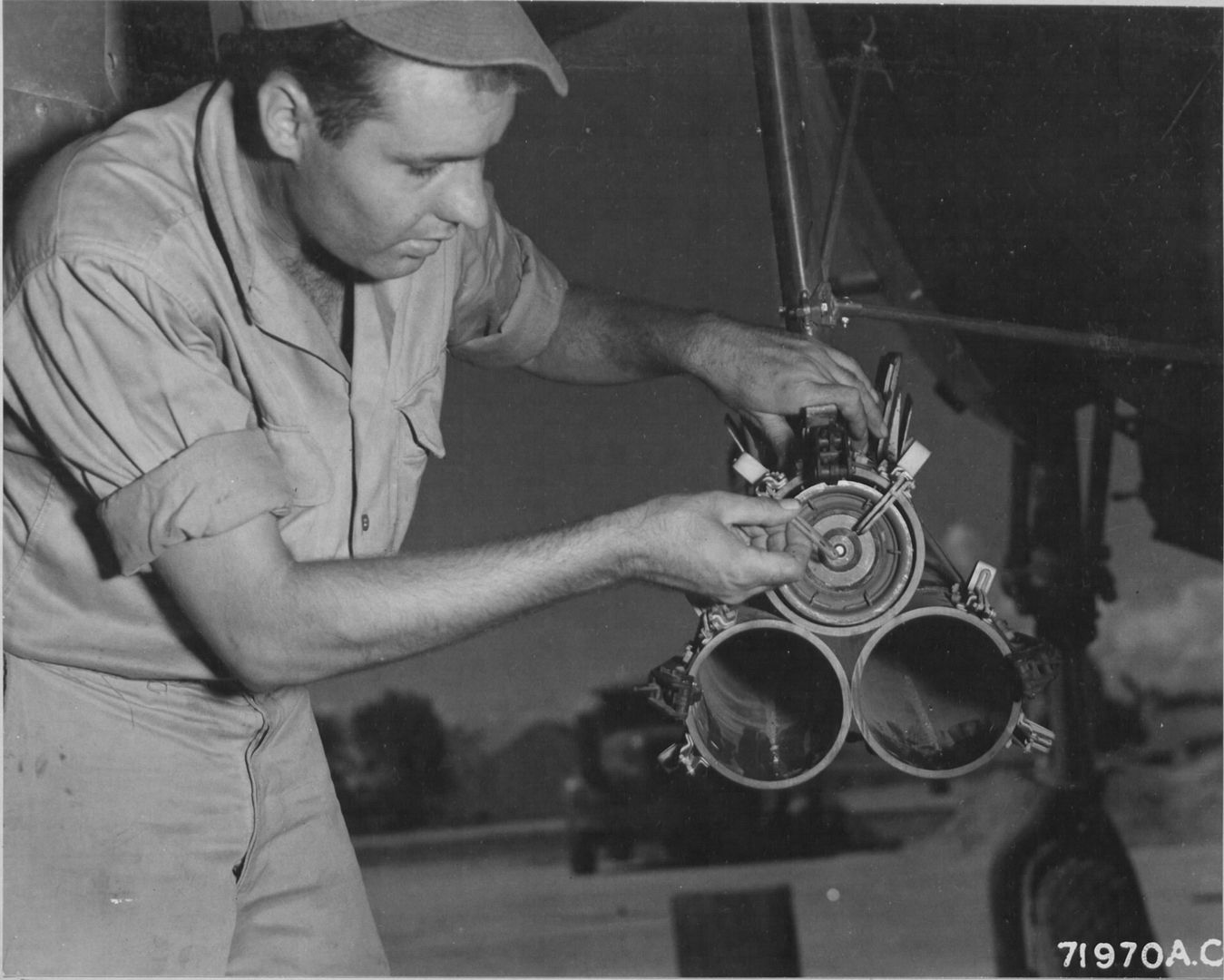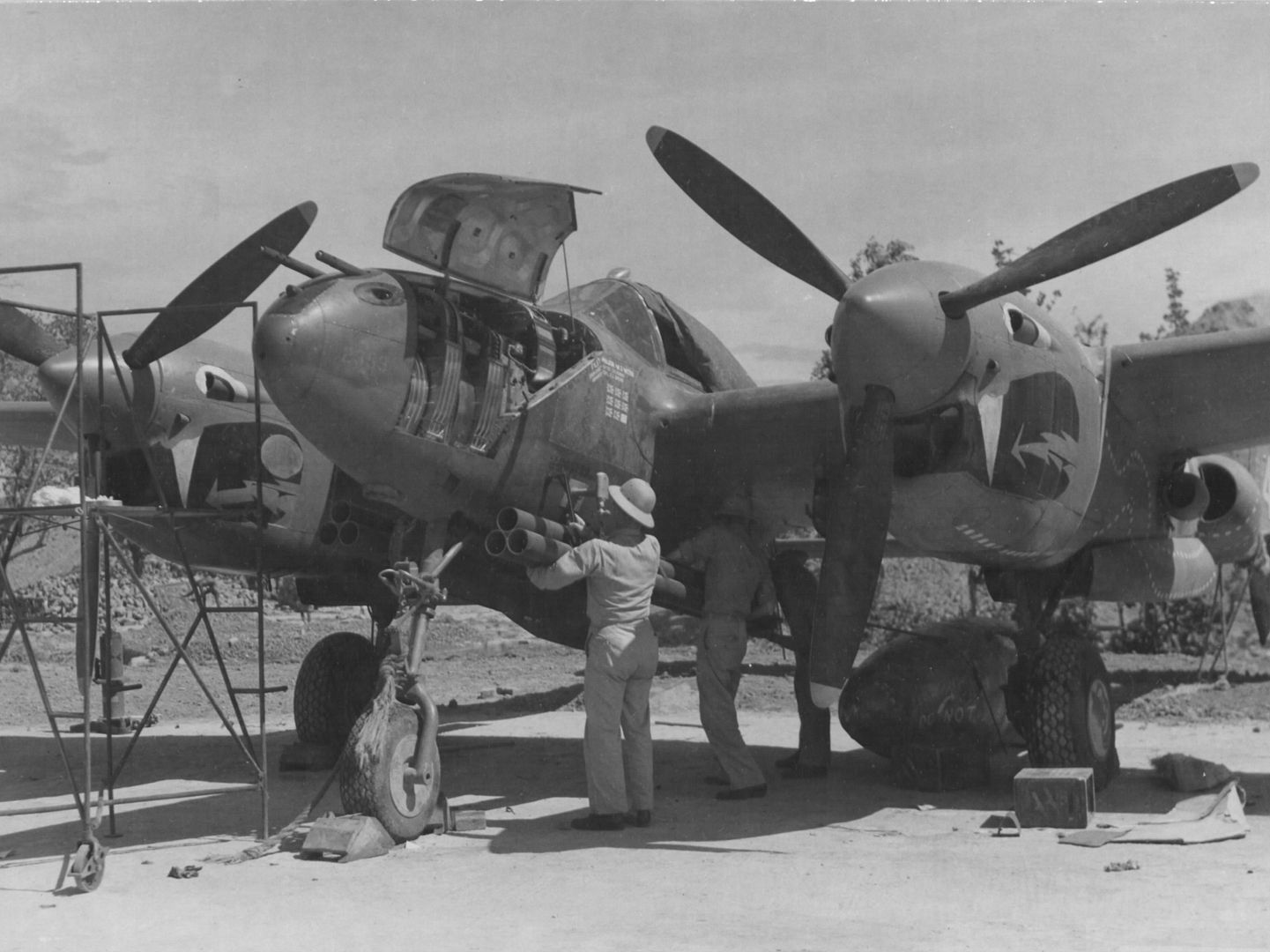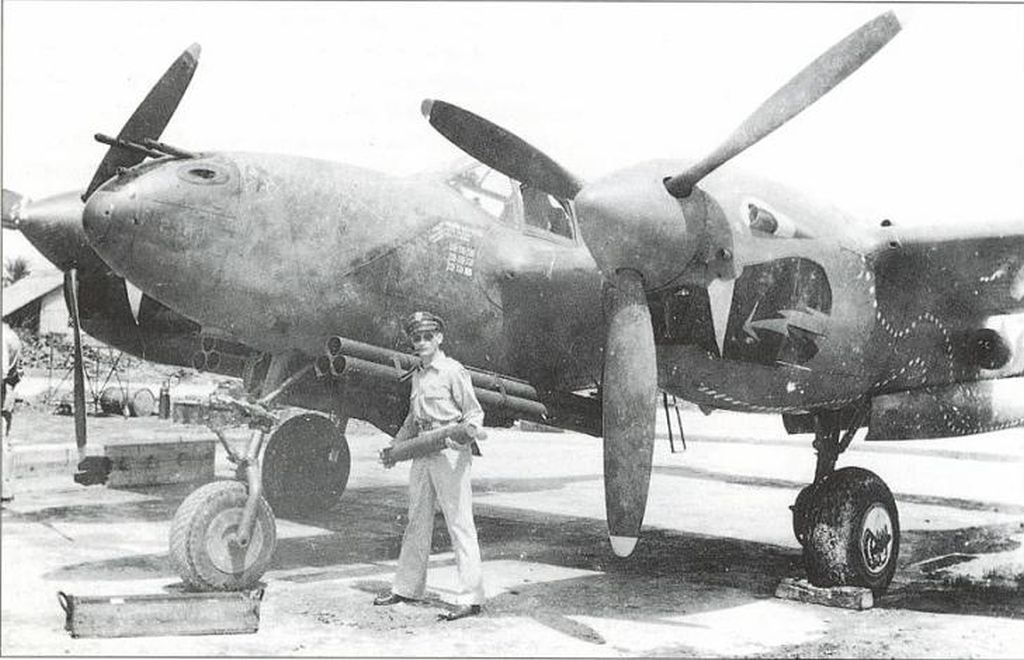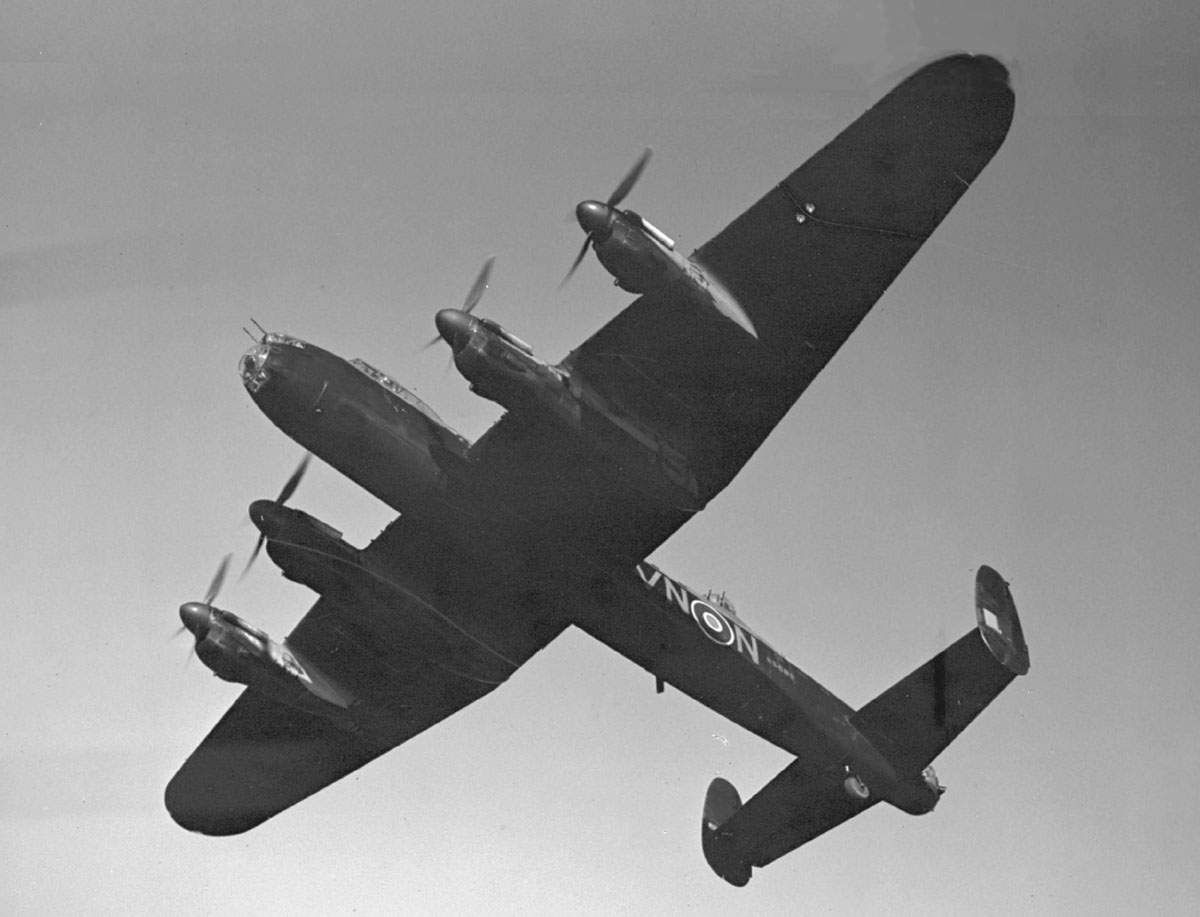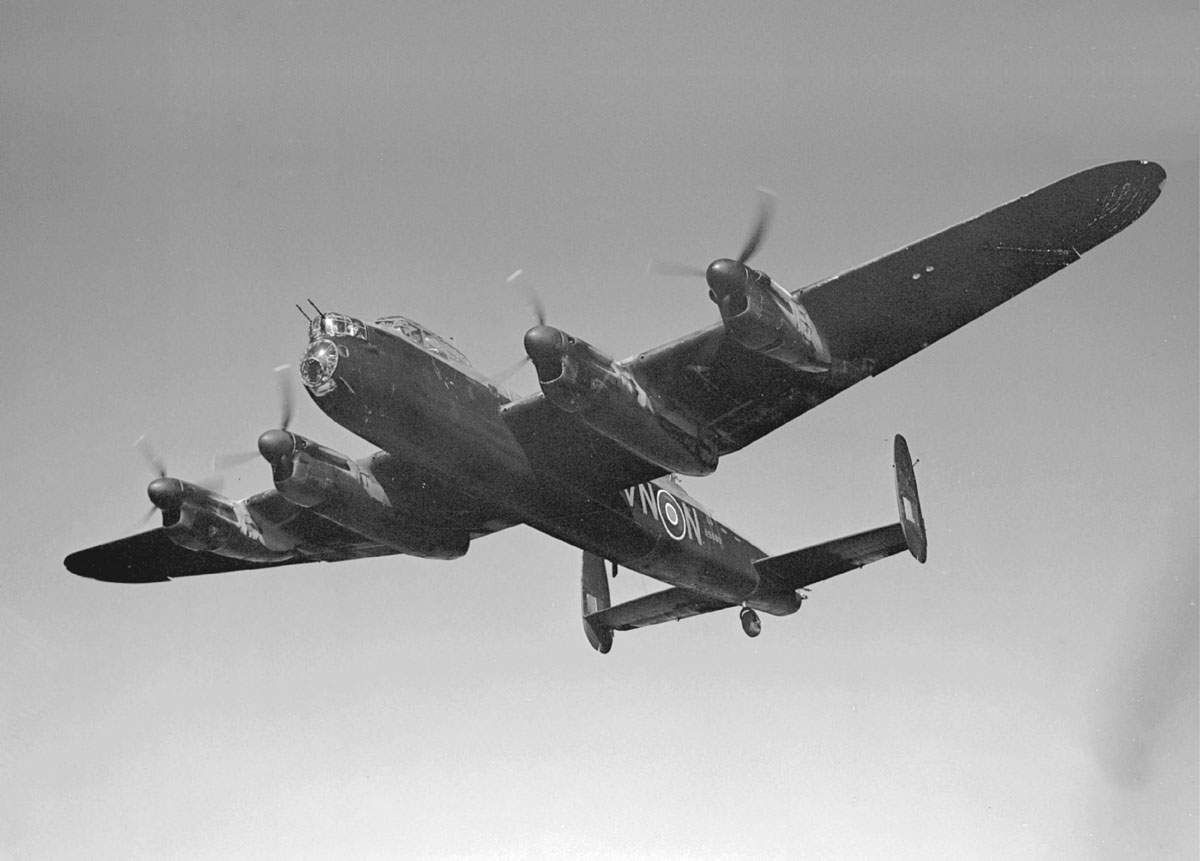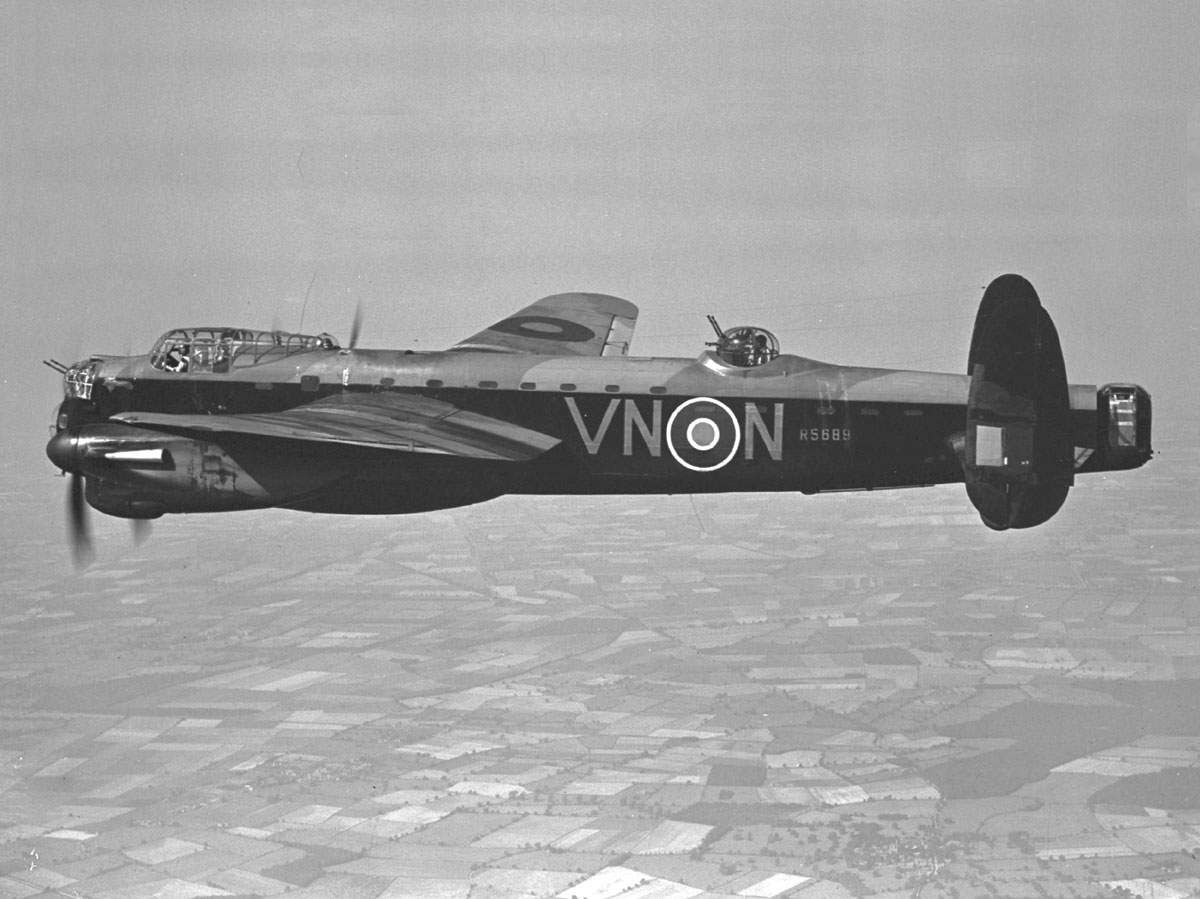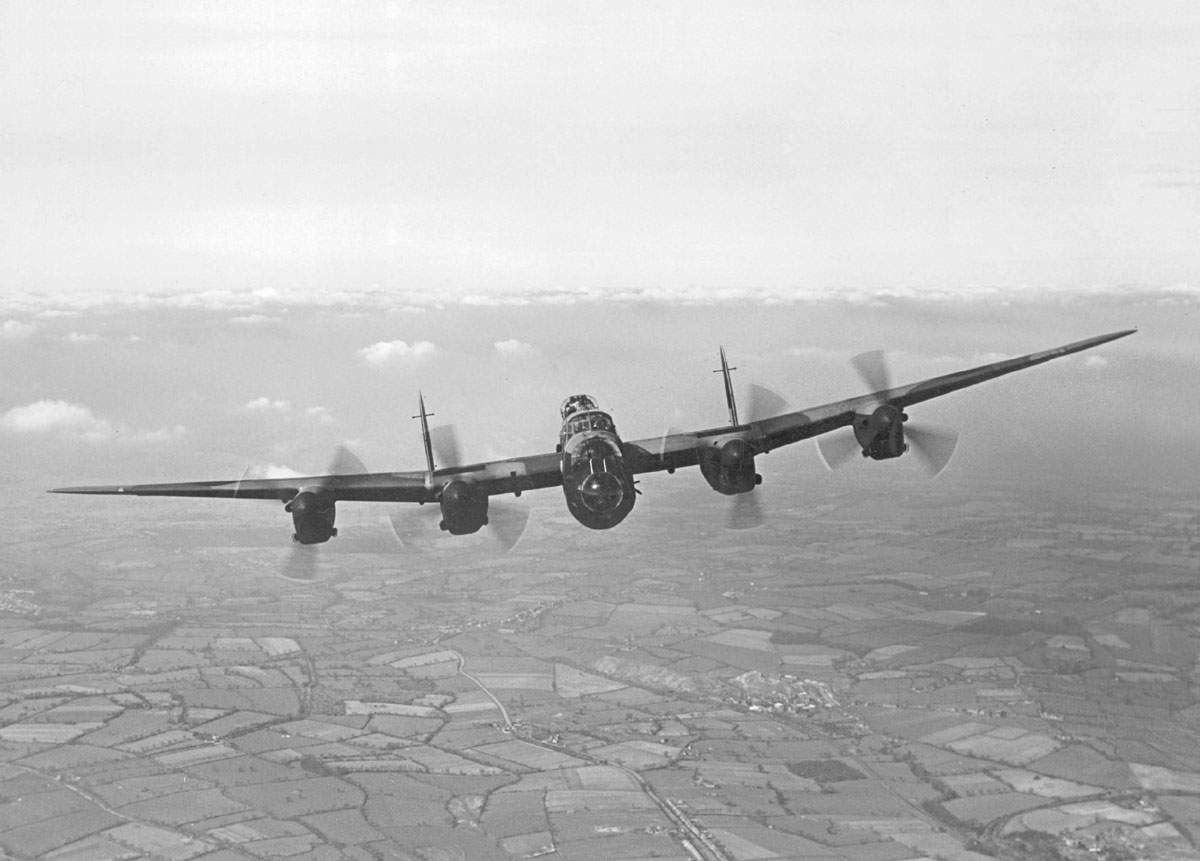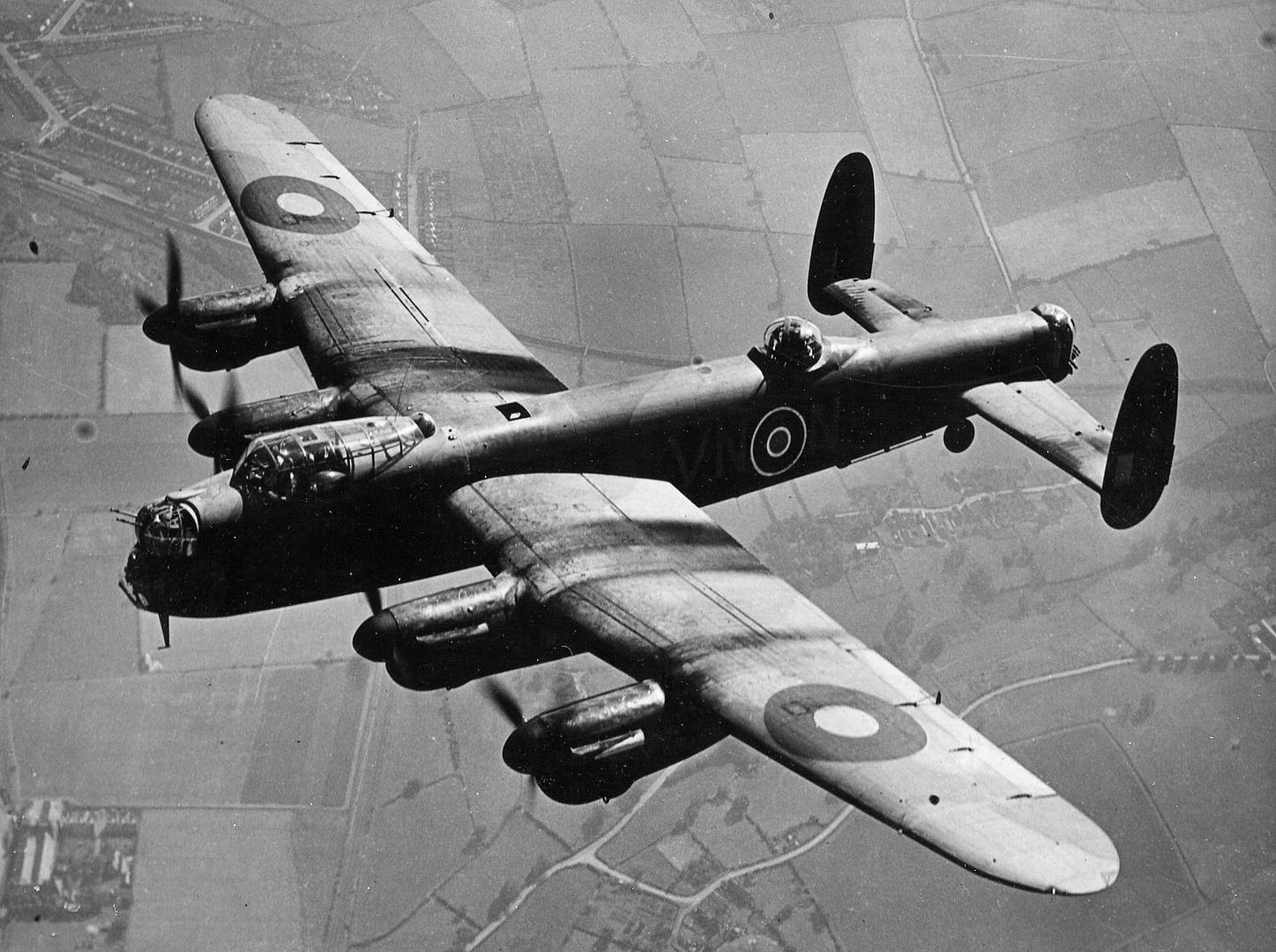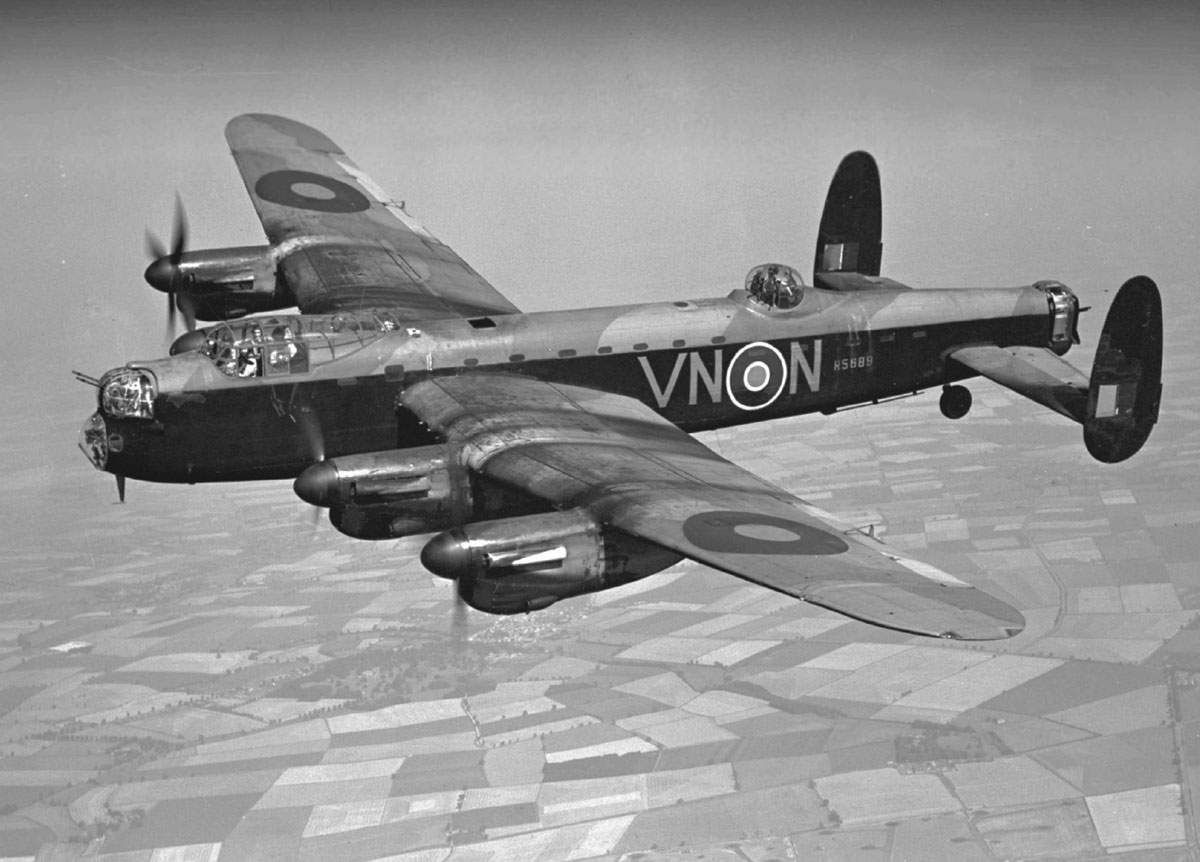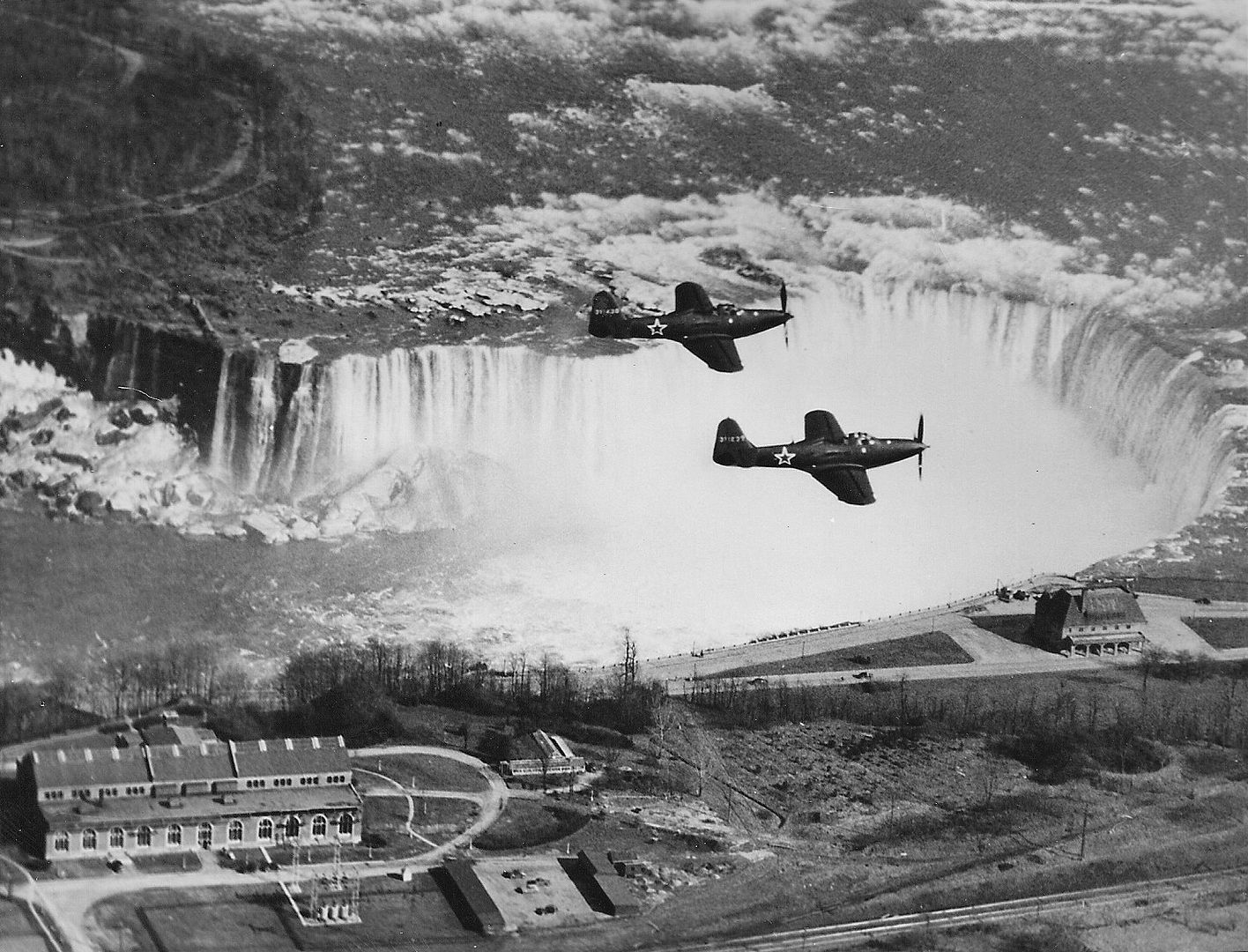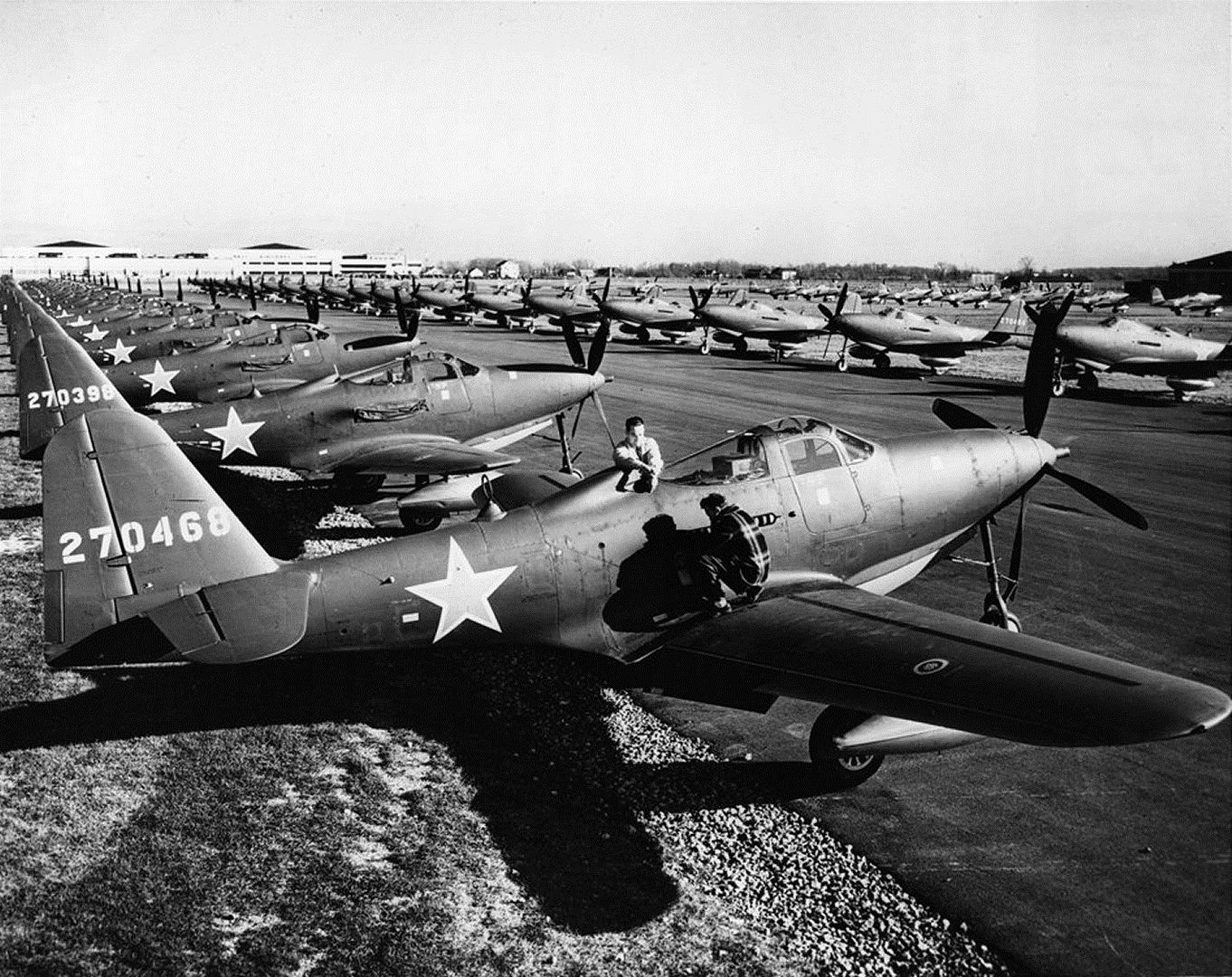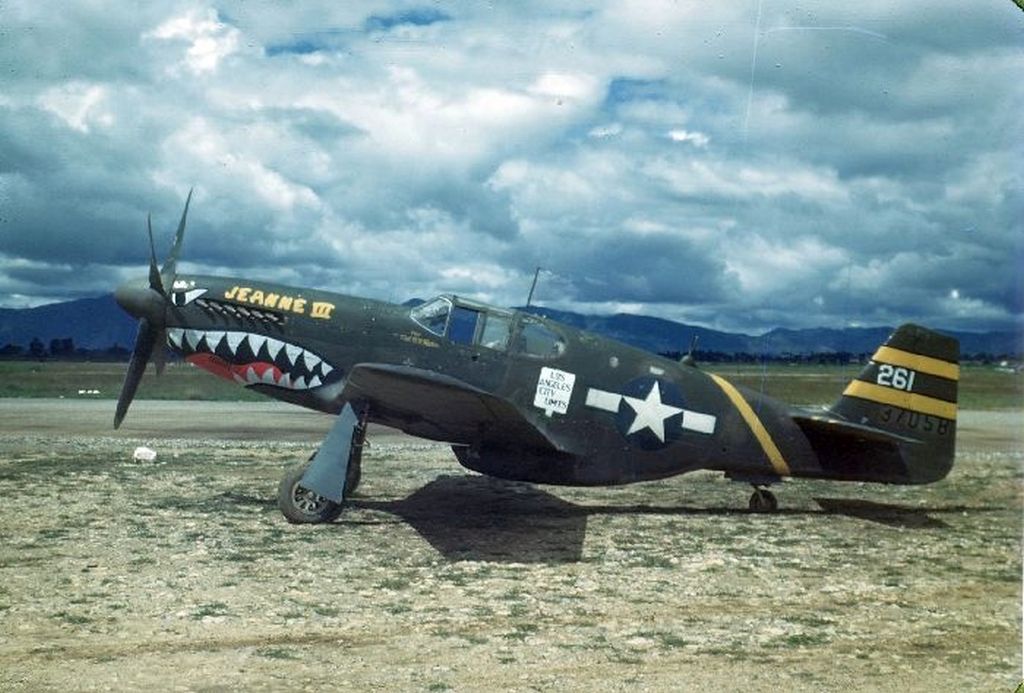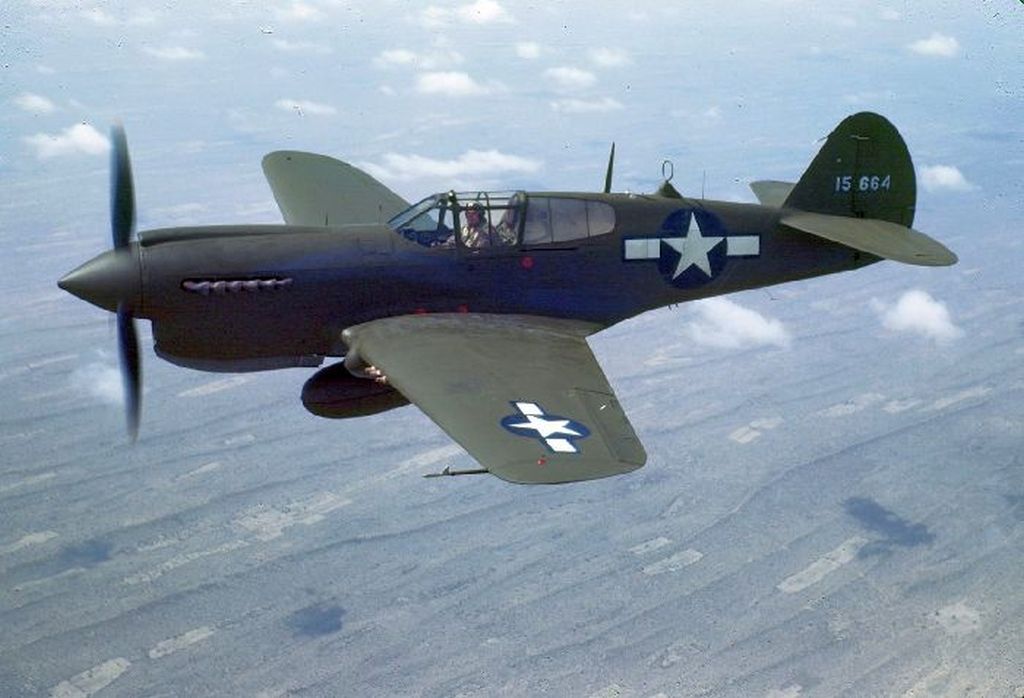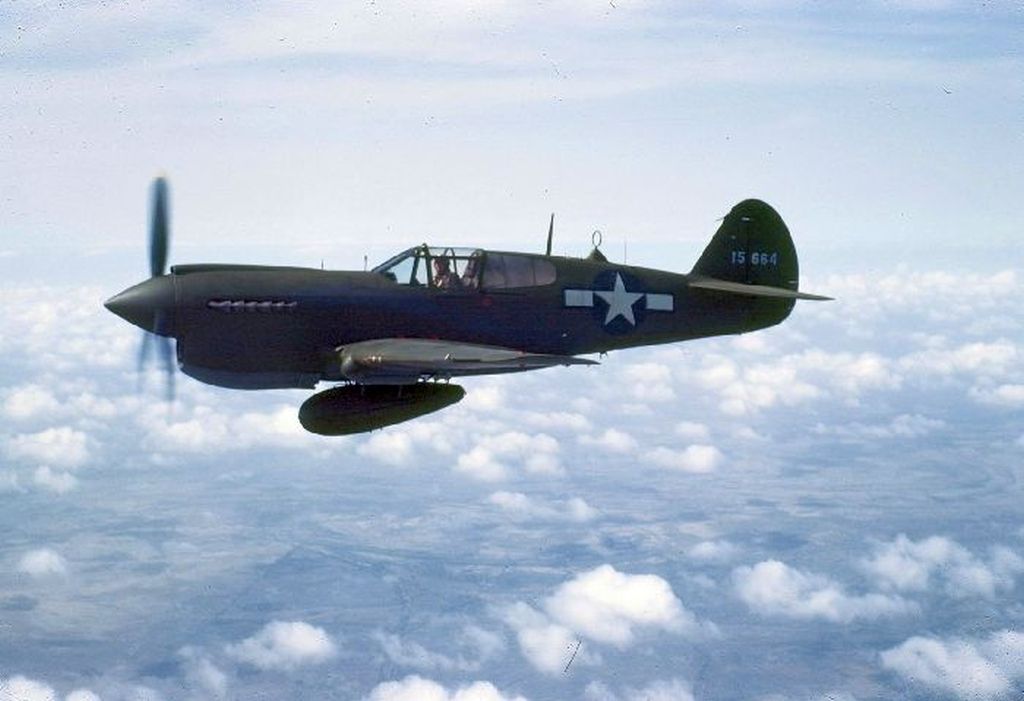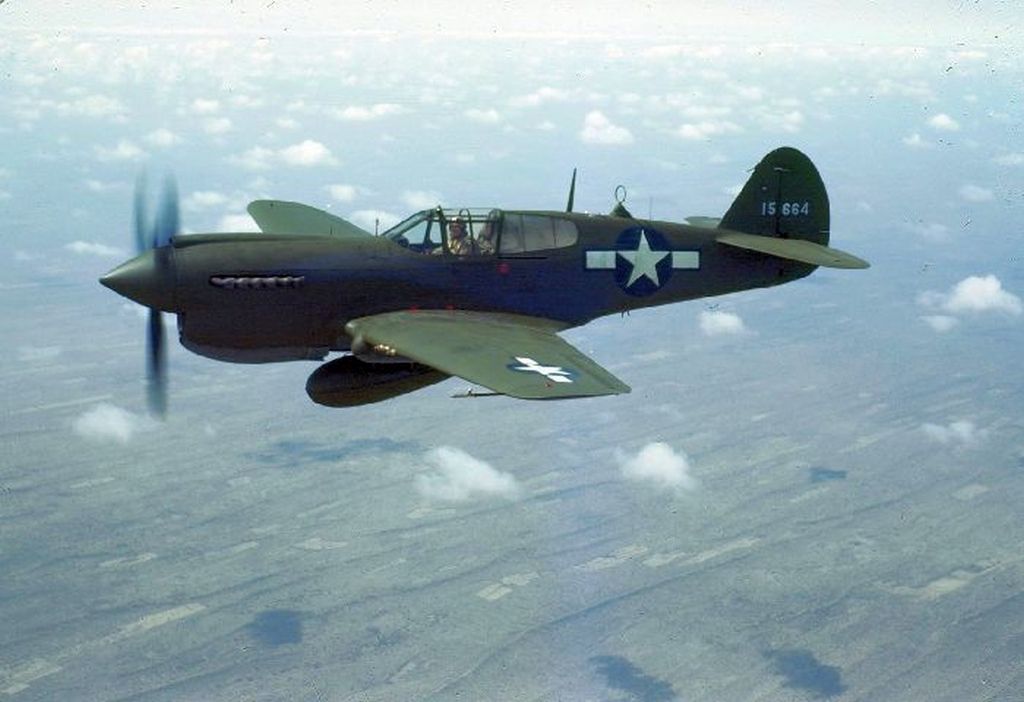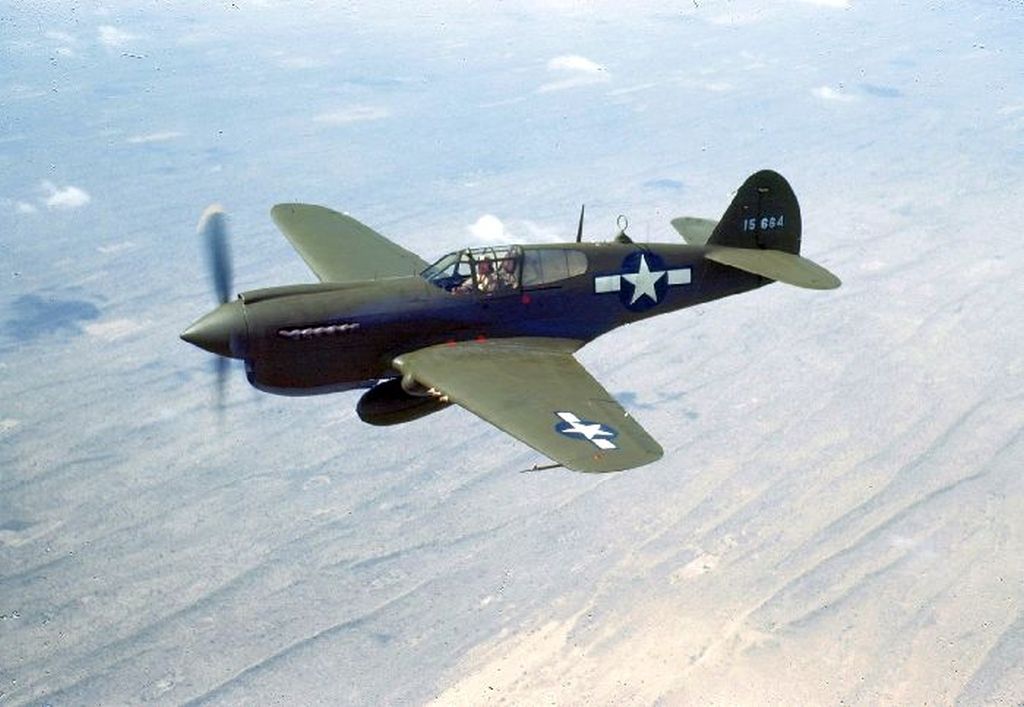Forums
- Forums
- Axis And Allies Forum
- General Discussion
- Photo of the week
Photo of the week
Post a reply
- Go to Next topic
- Go to Welcome
- Go to Introduce Yourself
- Go to General Discussion
- Go to Screenshots, Images and Videos
- Go to Off topic
- Go to Works in Progress
- Go to Skinning Tips / Tutorials
- Go to Skin Requests
- Go to IJAAF Library
- Go to Luftwaffe Library
- Go to RAF Library
- Go to USAAF / USN Library
- Go to Misc Library
- Go to The Ops Room
- Go to Made in Germany
- Go to Campaigns and Missions
- Go to Works in Progress
- Go to Juri's Air-Raid Shelter
- Go to Campaigns and Missions
- Go to Works in Progress
- Go to Skinpacks
- Go to External Projects Discussion
- Go to Books & Resources
-
 Main Admin
Main Admin -
 Main AdminTaken at Freeman Army Airfield 1946.
Main AdminTaken at Freeman Army Airfield 1946.
This aircraft was operated by 9./KG 76 and was surrendered to British forces at Sola Airfield in Norway in the final moments of the war. It was shipped to the US where it was reassembled and test-flown at Wright Field near Dayton until July 1946, under foreign equipment number FE-1010. In 1949 it was transferred to the Smithonian Institution and remained in storage for many years, until it was restored in 1989 and painted with the colours of an aircraft from 8./KG 76. It is now on display at the Udvar-Hazy Center near Washington, D.C. It is the only surviving Ar 234 in the world today.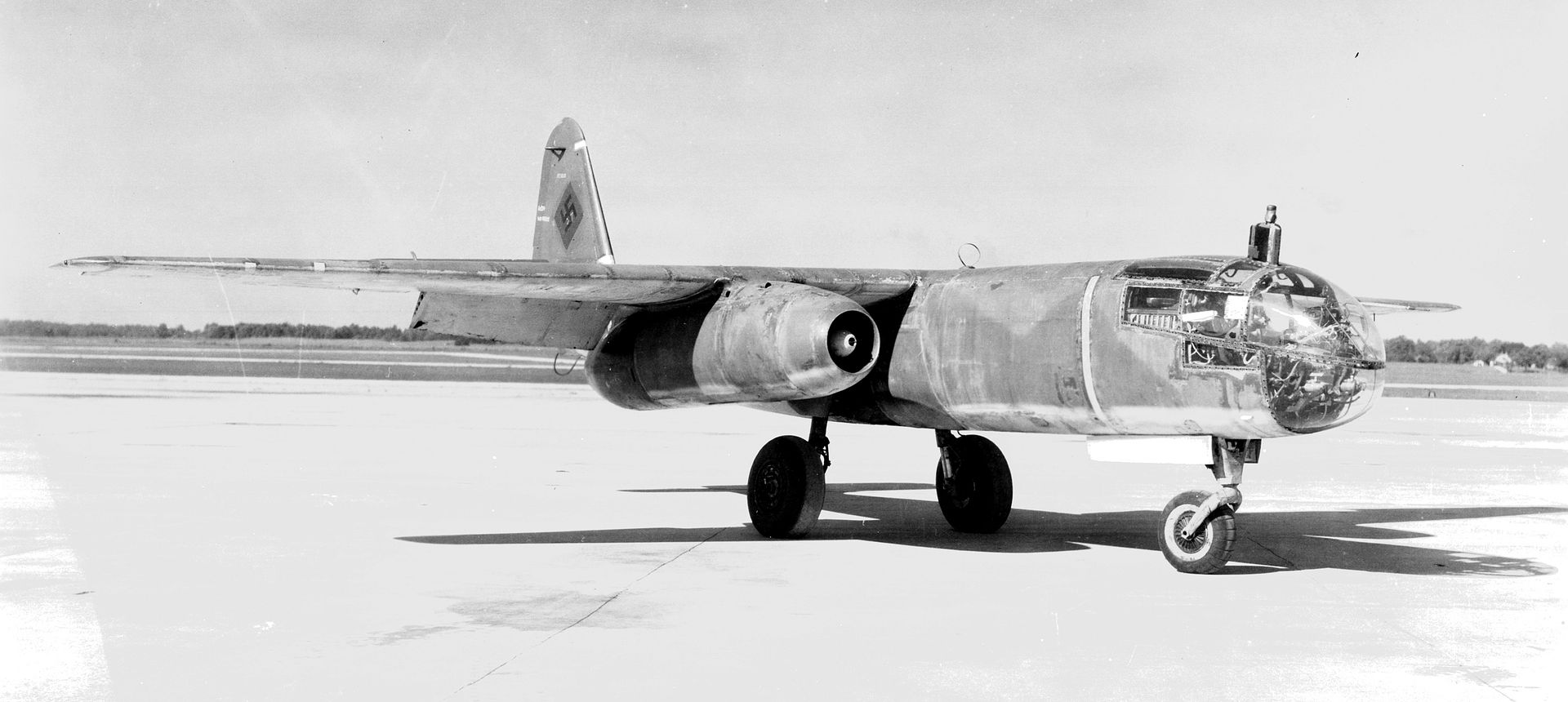
Foreign Aircraft Evaluation Center from Wikki.
On 11 June, Freeman was re-activated by ATSC as the Foreign Aircraft Evaluation Center for the Air Force. After the end of the war in Europe, captured German and Italian aircraft were collected by "Operation Lusty". These aircraft were shipped to the United States for evaluation. Freeman was selected due to its inviability and large amount of empty space which could be used to store these aircraft and perform evaluation flights.
In 1945 the enemy aircraft shipped to the United States were divided between the Navy and the Army Air Forces. General Hap Arnold ordered the preservation of one of every type of aircraft used by the enemy forces.
Initially, the Air Force brought their aircraft to Wright Field, and when the field could no longer handle additional aircraft, many were sent to Freeman Field to the foreign technology evaluation center established there. Most of the foreign airplanes were German, but there were also Japanese, Italian and English planes. Nowhere in the United States would there be such large numbers of foreign aircraft, many of which were rare and incredible advanced for their time, In addition, there were warehouses full of Luftwaffe equipment. Forty-seven personnel were engaged in the identification, inspection and warehousing of captured foreign equipment. Freeman Field was also charged with the mission to receive and catalogue United States equipment for display at the present and for the future AAF museum.
The evaluation center was the last United States Air Force operation at Freeman Field. By the middle of 1946, the program was winding down and efforts began to dispose of the surplus captured equipment. The larger aircraft were sent to Davis-Monthan Field, Arizona, and the fighter aircraft sent to the Special Depot, Park Ridge, Ill. (now O'Hare Airport), which was under the control of ATSC's Office of Intelligence.
Not all of the captured planes assigned to Freeman were transferred. Some which were left at the field were destroyed or buried. Examples of aircraft that have no record of leaving Freeman Field are a Dornier Do 335 experimental interceptor; a Heinkel He 219 radar-equipped night fighter; an Arado Ar 234 twin-engined jet bomber, two Messerschmitt Me 163 rocket-powered interceptors, two Focke-Wulf Fw 190 interceptors and a Junkers Ju 88 two-engine multi-role aircraft.
In addition to the captured aircraft, there was the task of disposing all of the equipment and other surplus material at the field, including the physical buildings. Sales were held throughout 1946 for scrap lumber of torn down buildings, fence posts, barbed wire and other items which no longer had a useful need. The last airmen left Freeman Army Airfield on 27 November 1946
-
 Main Admin
Main Admin -
 Main Admin
Main Admin -
9 years agoWed Aug 19 2015, 03:25pm
 Main AdminMid week bonus.
Main AdminMid week bonus.
Three 601 Sqn Spitfire Vb's over Djerba Island Tunisia in early 1943, led by WCdr. I.R. Gleed in his personal Spitfire marked IR-G.
Below
Wing Commander I R "Widge" Gleed sitting in the cockpit of his Supermarine Spitfire Mark VB, AA742 'R-G', at Ibsley, Hampshire, when leading the Ibsley Wing. Note Gleed's personal emblem, depicting "Figaro" the cat swatting a swastika, beneath the cockpit.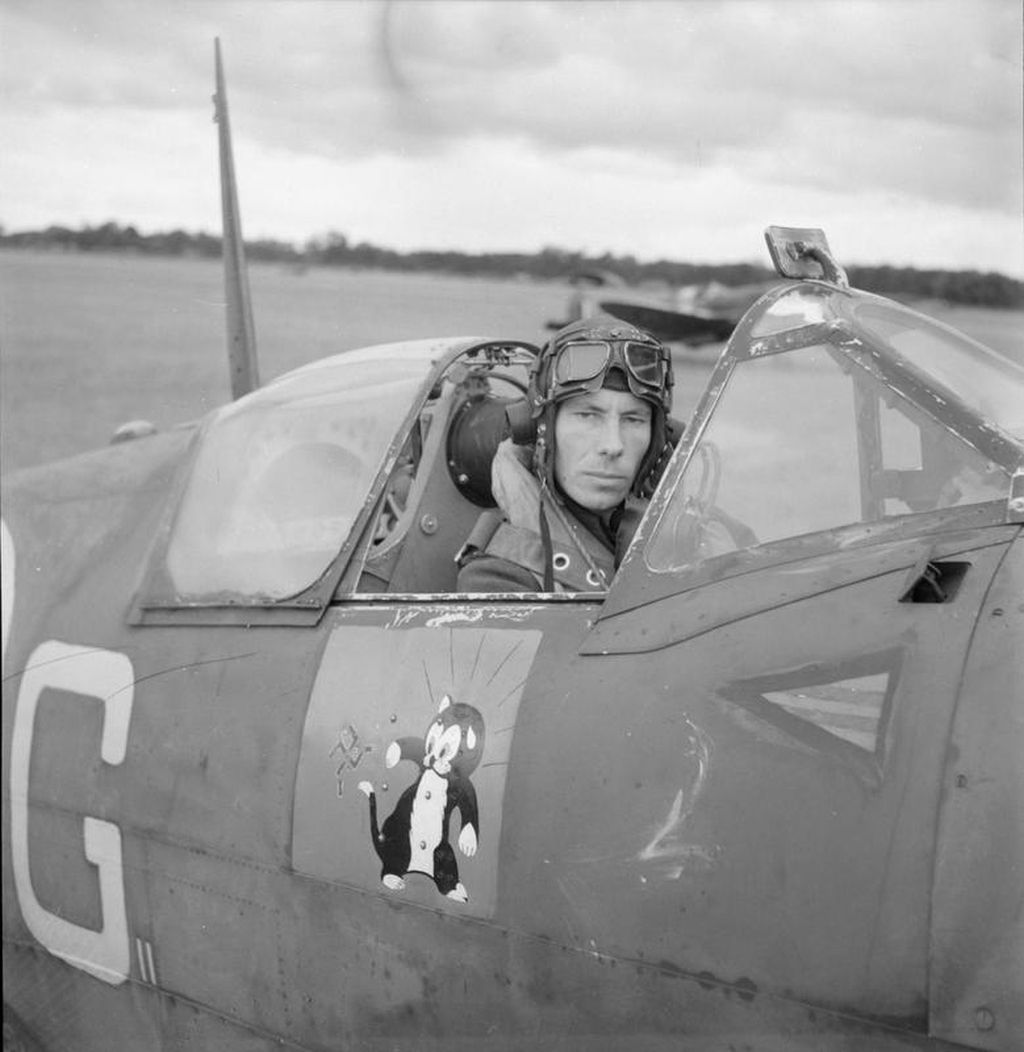
Wing Commander Gleed was an exemplary commander and led his pilots into battle more times than his job required him to do. Also, later on, he had the option of flying the Spitfire IX but allowed less experienced pilots to do so (by 1943, his Spitfire Vb was outclassed by the German Fw190).
Sadly, he pushed his luck too far and was killed in action on 16 April 1943, aged 26.
The exact circumstances of his death remain a mystery but he is thought to have fallen victim to one of the German aces of JG77. He was credited with 13 victories; 3 shared victories; 4 probables and 3 shared probables; and 4 damaged in air combat. He also destroyed and damaged a number of enemy aircraft in ground attacks.
Skin can be downloaded here - http://www.axis-and-allies-paintworks.com/download.php?view.446 -
 Main Admin
Main Admin -
 Main Admin
Main Admin -
9 years agoFri Aug 28 2015, 01:24pm
 Main AdminMid week bonus.
Main AdminMid week bonus.
Showing three Sea Fury's of 805 Squadron, in formation with three Fireflies,of 816 Sq.Although carrying "Royal Navy" legends on the rear fuselage, these Fireflies were part of No. 20 Carrier Air Group, Royal Australian Navy. These aircraft were later deployed in Korea., circa 1952.
805 Squadron re-formed as the Royal Australian Navy's (RAN) first fighter squadron on 28 August 1948 at Royal Naval Air Station (RNAS) Eglinton in Northern Ireland. Flying Hawker Sea Fury F.B. II's and commanded by Lieutenant Commander P.E.I. Bailey, RN, the Squadron formed part of the 20th Carrier Air Group (CAG) along with 816 Squadron.
Aircrew worked up on a variety of aircraft loaned form the RN, the final phase of which was deck landing qualification aboard HMS Illustrious. HMAS Sydney, the RAN's first aircraft carrier, was commissioned on 16 December 1948 at Devonport in the south of England. 20th CAG performed a flypast to celebrate the event. The CAG embarked in Sydney on 15 February 1949 and spent the next few weeks working up at Moray Firth, north east of Inverness in Scotland. All of the pilots and observers in the CAG had extensive wartime operational experience but many had little or no deck landing experience.
LINK -- http://www.navy.gov.au/history/squadron-histories/805-squadron-history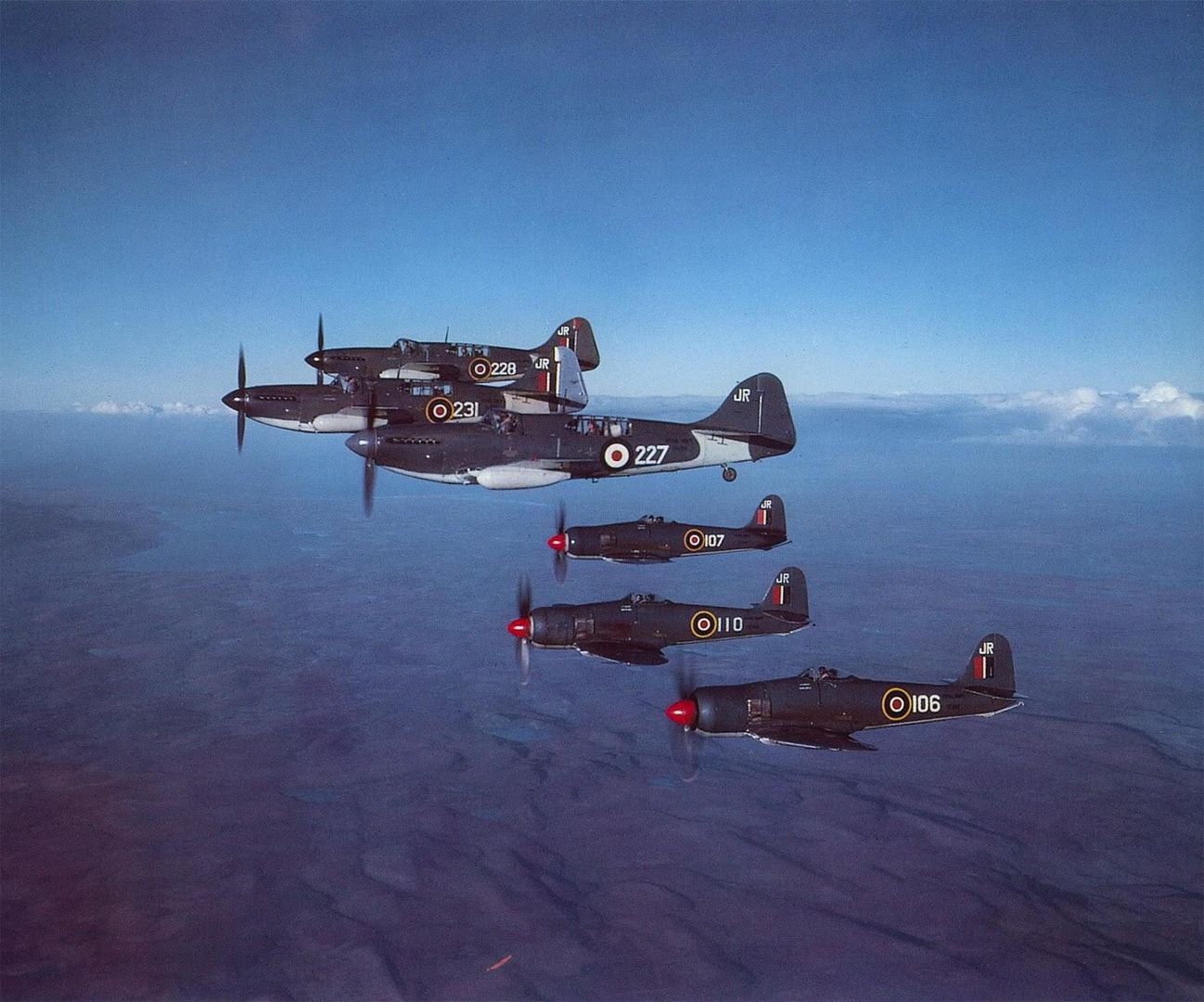
Above taken over Northern Ireland December 3rd 1948 -
 Main Admin
Main Admin -
 Main Admin
Main Admin
Post a reply
- Go to Next topic
- Go to Welcome
- Go to Introduce Yourself
- Go to General Discussion
- Go to Screenshots, Images and Videos
- Go to Off topic
- Go to Works in Progress
- Go to Skinning Tips / Tutorials
- Go to Skin Requests
- Go to IJAAF Library
- Go to Luftwaffe Library
- Go to RAF Library
- Go to USAAF / USN Library
- Go to Misc Library
- Go to The Ops Room
- Go to Made in Germany
- Go to Campaigns and Missions
- Go to Works in Progress
- Go to Juri's Air-Raid Shelter
- Go to Campaigns and Missions
- Go to Works in Progress
- Go to Skinpacks
- Go to External Projects Discussion
- Go to Books & Resources

